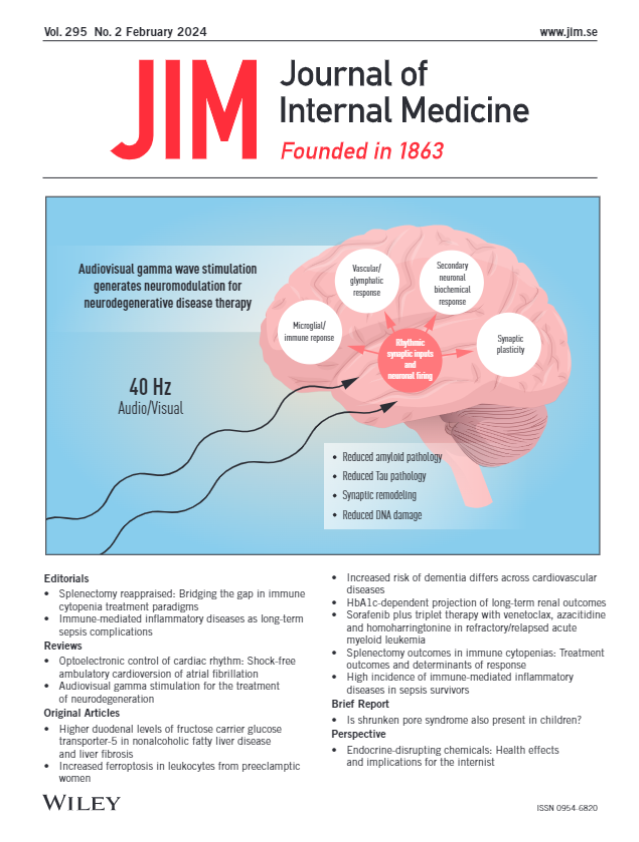Adverse effects of obesity on overall health, quality of life, and related physical health metrics: A cross-sectional and longitudinal study from the All of Us Research Program
Abstract
Background
Population-level adverse effects of obesity beyond commonly considered chronic conditions need to be characterized to understand its overall burden.
Objective
To assess the cross-sectional associations between obesity and self-reported status of overall health, quality of life, pain, fatigue, ability of physical activity, and the risks of developing chronic pain syndrome, chronic fatigue syndrome, fibromyalgia, and insomnia.
Methods
Using data from the All of Us Research Program (the United States), we included participants with a body mass index (BMI) ≥18.5 kg/m2 and available Overall Health Survey or electronic health records. Cross-sectional analyses of self-reported variables were conducted using multivariable logistic and linear regression models. Cox proportional-hazard models were used to assess risks for incident outcomes.
Results
Among 323,640 participants (60.3% were female, mean age: 51.3 years), 20.7%, 11.0%, and 9.5% were with Classes I, II, and III obesity, respectively. Higher BMI categories were correlated with worse health metrics, with Class III obesity exhibiting the greatest disparities. Among those with Class III obesity, 9.6% (vs. 3.2% for normal weight) reported poor overall health, 28.3% (vs. 13.2%) reported severe pain, and 11.8% (vs. 8.4%) had prevalent insomnia. Graded associations were observed across high BMI categories, with Class III obesity showing the strongest effects. Compared with normal weight, in Class III obesity, the odds ratio (95% CI) was 3.82 (3.69–3.96) for fair/poor overall health, 3.93 (3.71–4.17) for severe pain, and 3.13 (2.98–3.29) for severely limited physical activity; the hazard ratio (95% CI) was 2.83 (2.36–3.40) for fibromyalgia and 1.53 (1.41–1.65) for insomnia.
Conclusion
Obesity imposes a substantial burden on broad aspects of well-being in the US population.


 求助内容:
求助内容: 应助结果提醒方式:
应助结果提醒方式:


